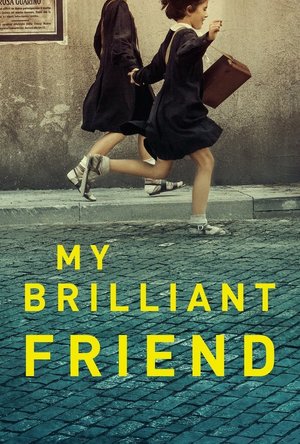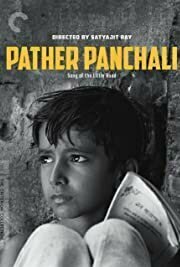
From Rome with Love: Escape the Winter Blues with the Perfect Feel-Good Romance!
Book
'Charming...romance, wit and a fabulous "all is lost" moment' Sue Moorcroft, bestselling author of...

Whispers Through a Megaphone
Book
Sometimes the world can seem too much for just one person Miriam hasn't left her house in three...
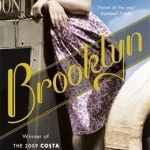
Brooklyn
Book
Colm Toibin's Brooklyn is a devastating story of love, loss and one woman's terrible choice between...
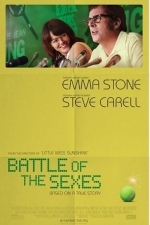
Battle of the Sexes (2016)
Movie Watch
In the wake of the sexual revolution and the rise of the women’s movement, the 1973 tennis match...
Tennis 1970's
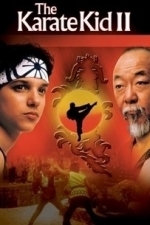
The Karate Kid Part II (1986)
Movie Watch
The price of honor. The power of friendship. THE KARATE KID, Part II. Ralph Macchio and Noriyuki...

Boyz n the Hood (1991)
Movie Watch
BOYZ N THE HOOD is the critically acclaimed story of three friends growing up in a South Central Los...
Metroimperial Intimacies: Fantasy, Racial-Sexual Governance, and the Philippines in U.S. Imperialism, 1899--1913
Book
In Metroimperial Intimacies Victor Roman Mendoza combines historical, literary, and archival...
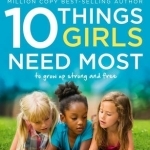
10 Things Girls Need Most: To Grow Up Strong and Free
Book
In answer to the crisis in girls' mental health, the UK's best selling parenting author, Steve...

